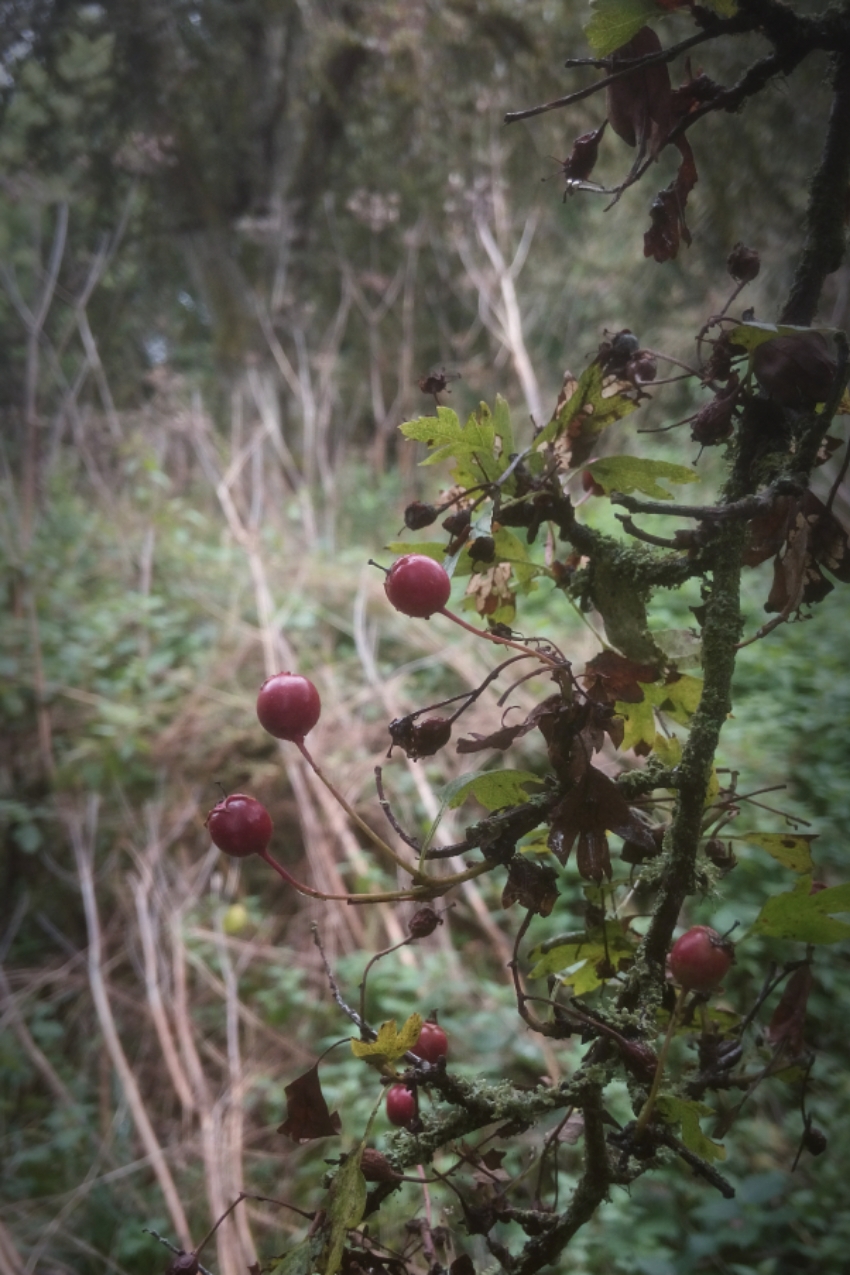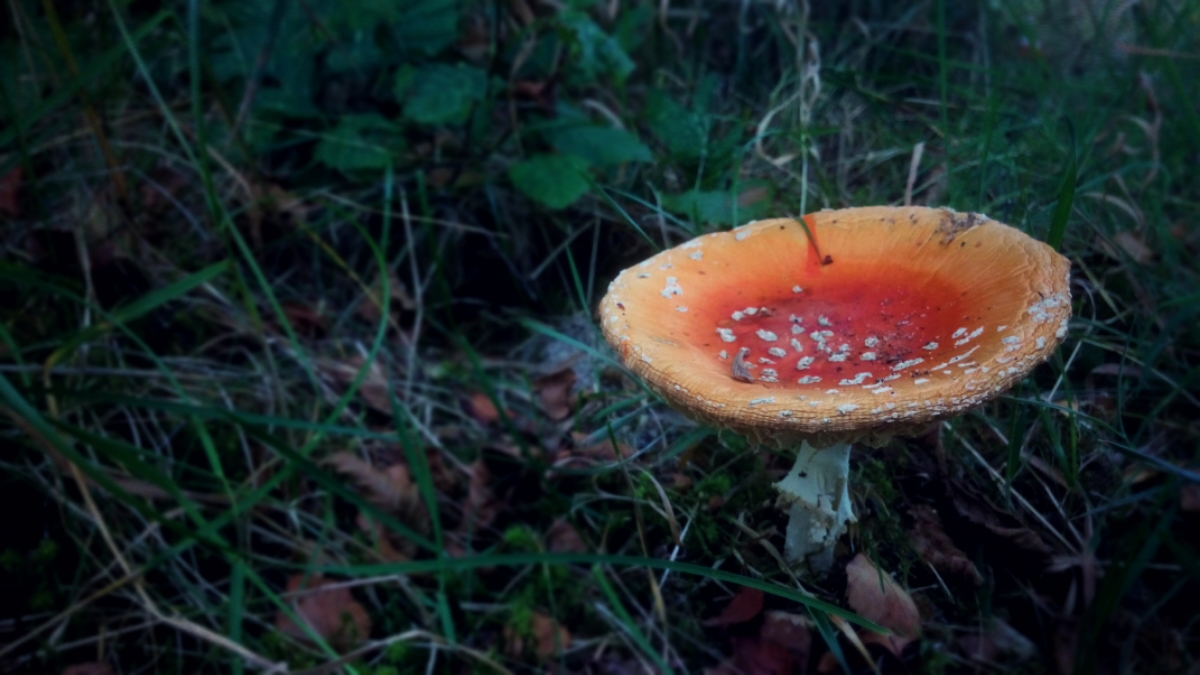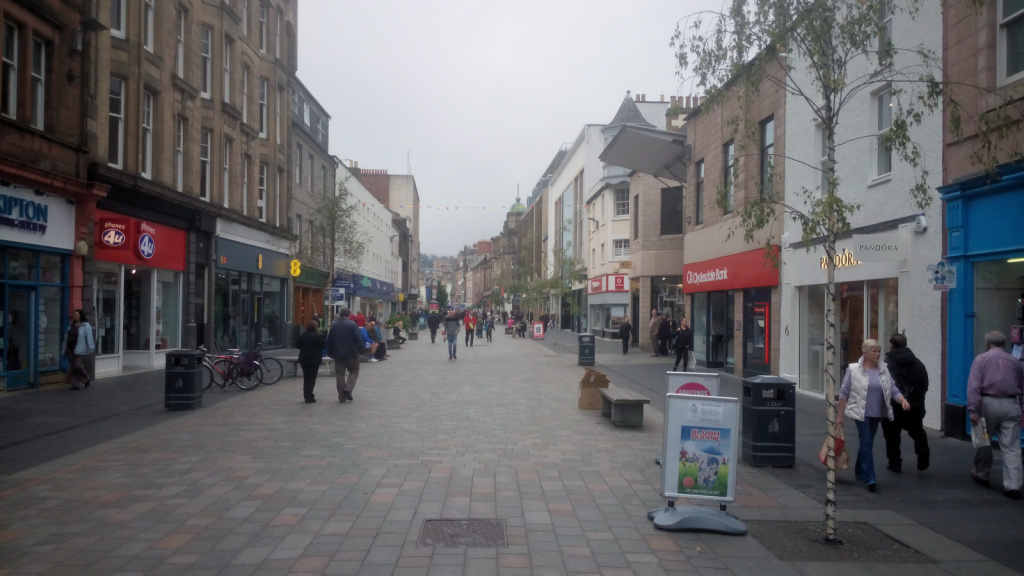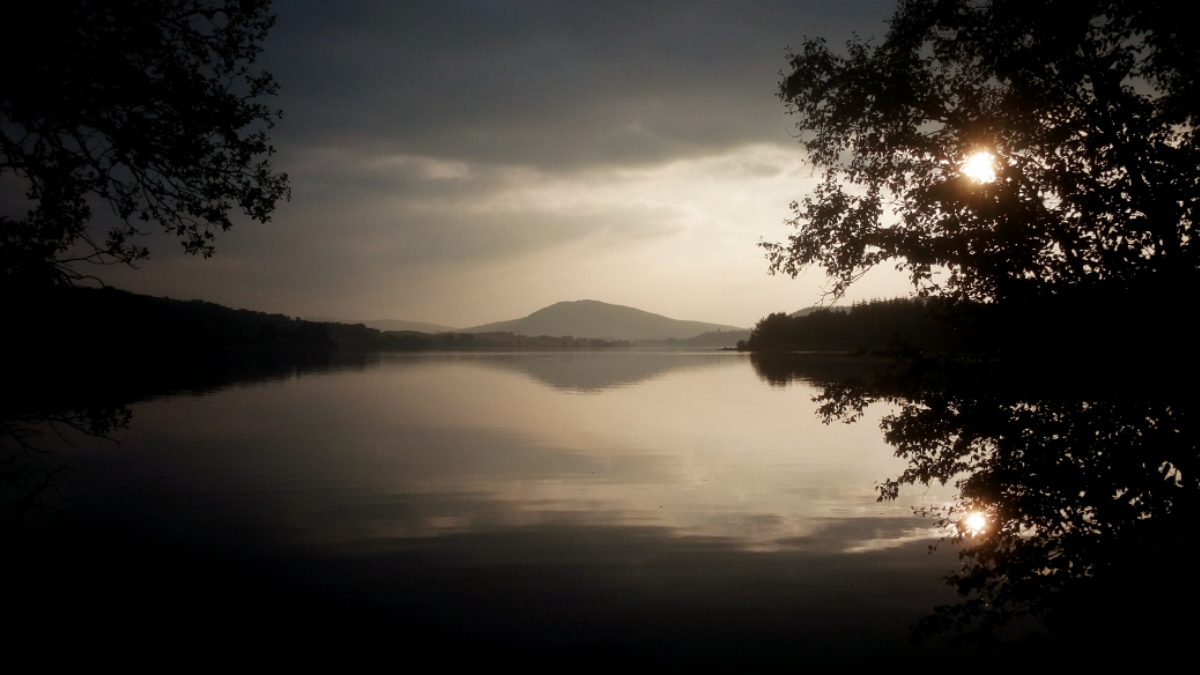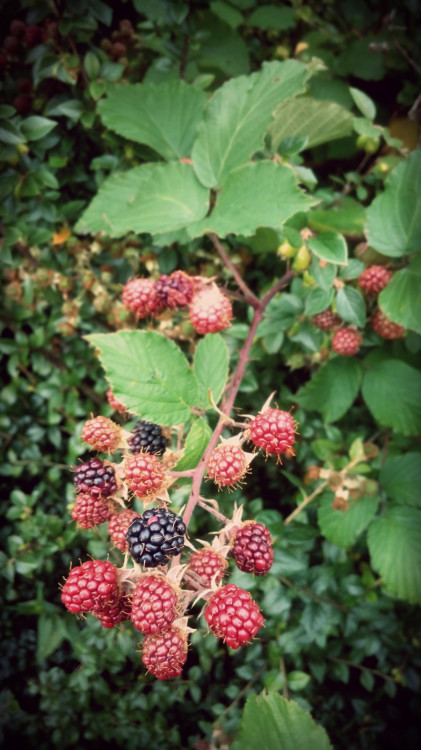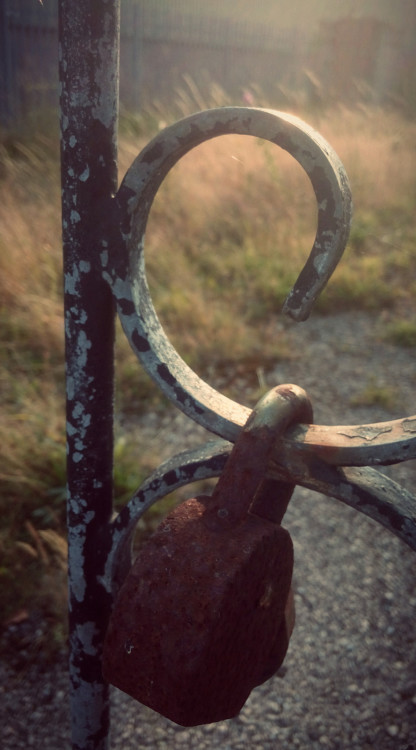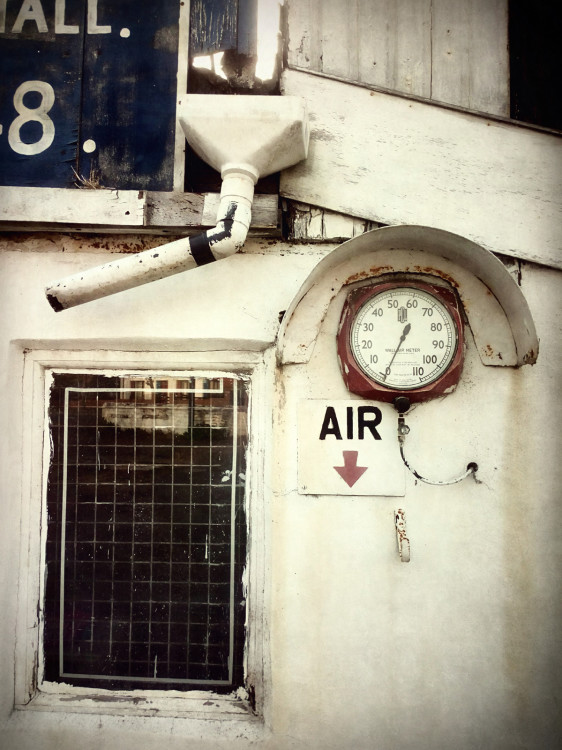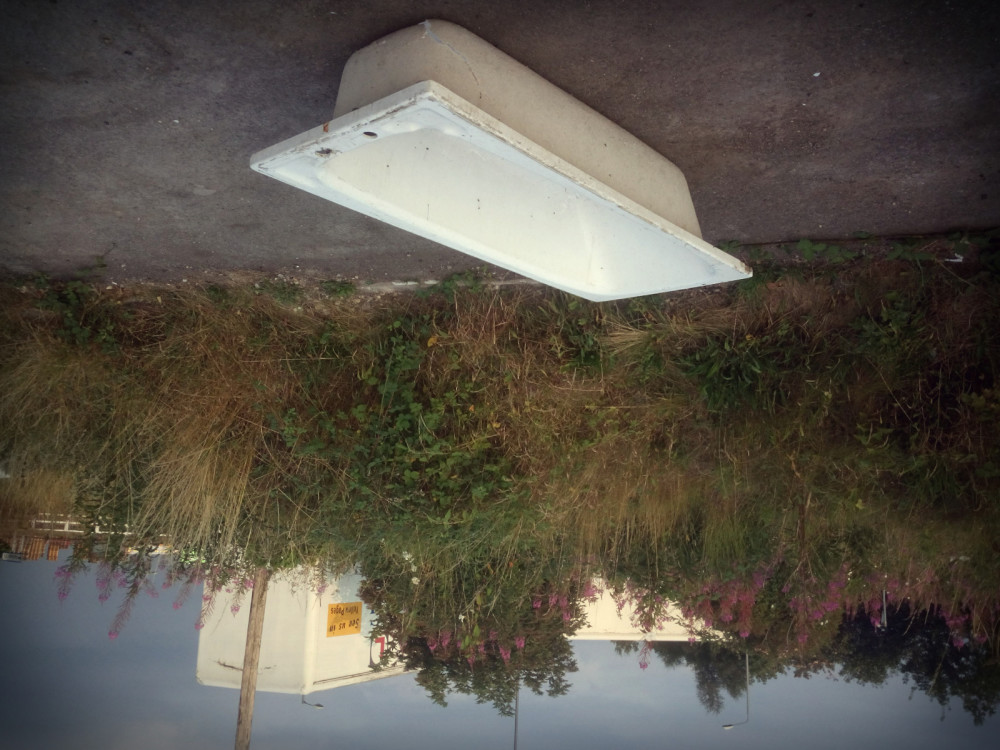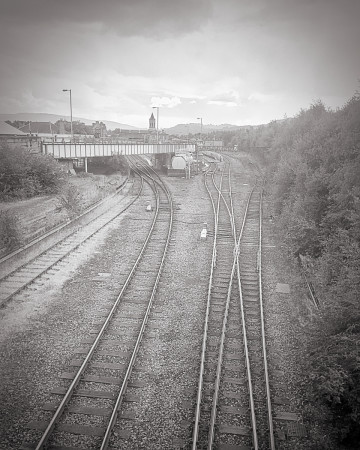A small selection of photos from The Hermitage near Dunkeld: some experiments with tree filigree – appreciating the patterns of tree branches and twigs lightly silhouetted against the sky – and the Black Linn waterfall as the River Braan flows through a gorge (some obligatory long-exposure work too, of course).
I met a gorgeous collie-x-lurcher on the way out of the carpark; the mud instantly went to trouser-pocket level and I didn’t care a jot, the merely 4-month-old wee dog was so overjoyed to see everyone.
Quite a nice place to walk in the woods of an afternoon!
